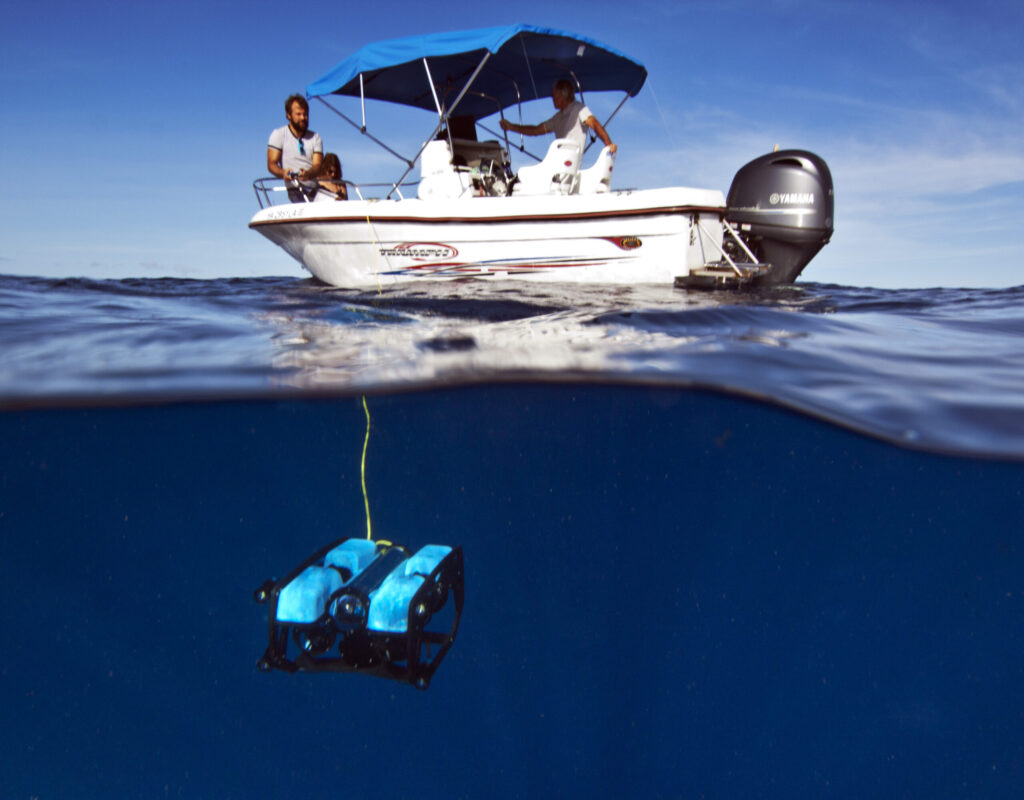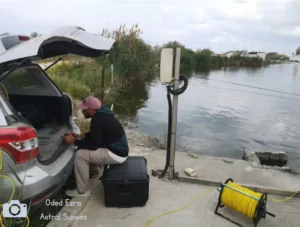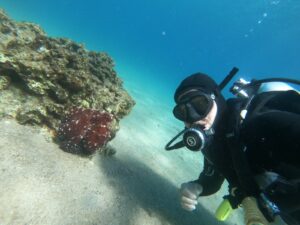Understanding Remotely Operated Vehicles (ROVs)
Remotely Operated Vehicles (ROVs) are unmanned, tethered underwater robots that are controlled by operators from a surface vessel or land-based station. They serve as indispensable tools in environments that are challenging or hazardous for human divers, offering a safe way to explore, inspect, and intervene underwater.

ROV Missions
- Navy and Explosive Ordnance Disposal (EOD):
In military applications, ROVs are primarily used for mine countermeasure operations, underwater surveillance, and the safe handling of explosive ordnance. Their ability to operate remotely minimizes risk to human life while ensuring precise and controlled intervention in potentially dangerous underwater scenarios. - Research:
For scientific exploration, ROVs are deployed to study marine ecosystems, geological formations, and archaeological sites such as shipwrecks. Equipped with high-definition cameras, sampling tools, and sensors, they provide researchers with invaluable data and imagery from depths that are otherwise difficult to access. - Industry (Offshore and Inshore):
In the industrial sector, ROVs are crucial for the inspection and maintenance of offshore structures like oil rigs and underwater pipelines. They are also used in inshore environments for tasks such as harbor inspections and underwater construction, where they help identify structural issues and monitor environmental conditions, thereby reducing downtime and enhancing operational safety.
Classes of ROVs
ROVs are available in several classes, each designed to meet specific operational needs:
- Observation ROVs:
These are typically compact and highly maneuverable vehicles intended for visual surveys and environmental monitoring. They excel in capturing detailed imagery and video in shallow to moderate depths. - Work-Class ROVs:
Larger and more robust, work-class ROVs are built for heavy-duty tasks. They come equipped with manipulators, cutting tools, and other specialized equipment, enabling them to conduct repairs, installations, and complex intervention operations. - Hybrid ROVs:
Combining features of both observation and work-class vehicles, hybrid ROVs offer versatility for missions that require both precise observation and physical intervention. They are particularly valuable in operations that demand a balance between detailed inspections and active maintenance or repair.
Modular Design and Open Source Opportunities
Modern ROV systems increasingly embrace modular designs, which allow components such as cameras, sensors, and manipulators to be easily swapped or upgraded. This flexibility not only extends the life of the system but also encourages customization to meet specific mission requirements. The rise of open source platforms in ROV technology further promotes innovation, as developers and enthusiasts worldwide can contribute to software improvements and hardware integrations.
However, while these advancements offer exciting opportunities for enhancing ROV capabilities, it is important to note that advanced configurations and modifications can be complex. Non-technical users may find the intricacies of modular design and open source integrations challenging, so these tasks are best approached by individuals with a solid technical background.






